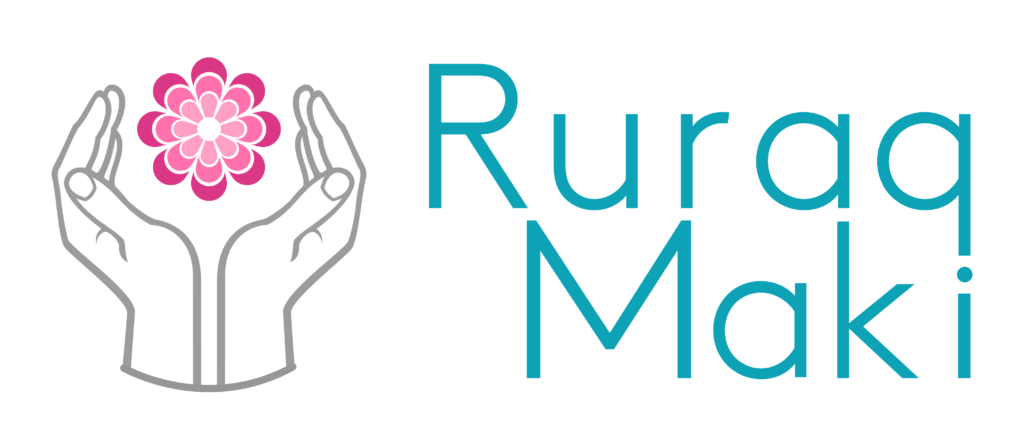
Mural in the Yanamilla Prison
Welcome back to our on-going mini series about the women in the Yanamilla Prison. Last week we looked at why the women became involved in drug trafficking. This week we are focusing on how. How do women hear about this work? Was it through friends, relatives, or strangers? Did they traffick drug knowingly? Read on for their answers.
Interview Question: How did you become involved with drug trafficking?
“I was invited in to it by some people [who I met] from my brother who is now deceased, I met these people before, through him. I knew they were involved in unlawful activity and crime I asked them and they said, ‘My son can help you,’ and I asked, ‘How can he help me?’ and ‘Will I make money by doing this?’. And they said, ‘Yes, we will pay you’. They told me that I would take the packaged drugs wherever it needed to go and they would pay me when I arrived and there would be no problems.”
“I was selling here in the entrance of the prison, I was selling food and a woman came up to me, and told me she would pay me if I sold yeast for her, but instead of yeast it ended up being drugs. They figured it out right away here inside the prison and arrested me. At first I didn’t want to take the risk of bringing the yeast in, but the woman convinced me it would be ok that it wasn’t anything else only yeast. You can be penalized for having yeast but not with jail time. I thought that this would be the way I could buy my child’s medicine, I was thinking, how much trouble can I really get in for selling yeast, if anything I’ll have to pay a fine to the prison but I never thought I would be going in to the prison. And that’s how it went. Thats how I ended up here.”
“The truth is that I never did that kind of work, I never did anything like that, from nine years old I have been working as the head of a household, I’ve been working since I was very young. And when I got pregnant and had my daughter, her father would not support us economically, he was from the jungle so i went there to the jungle to confront him about not helping financially. When I was returning from my trip and was coming to Ayacucho, the police stopped me and they found drugs in the car. It turns out that my sister in law and her cousin were selling drugs from the car and were the real owners of those drugs and because I am family, they wanted to include me in it as well. I have never actually worked with drugs but they don’t believe me, I asked the family if they would clear my name and tell the police that I had nothing to do with it, I’ve never touched drugs, or the money, never. But they said they wouldn’t clear my name and so in the end I said that the drugs weren’t mine but the judge and the prosecutor didn’t believe me, so they included me and gave me a thirteen year sentence.”
“They offered me money. I was working selling clothes, in the jungle like a street vendor, and they approached me and told me that they would give me money if I took this [the drugs] for them.”
“I was deceived by a woman when I was working at [omitted for confidentiality], which was not making sufficient money for my children, to educate them. When I worked on at a farm with a country house, I met this woman there. She would come there to play, to play volley ball and that was how I got to know her, we became friends. She knew I didn’t make enough money and so one day she came to me and said ‘I can give you work where that will make you more money than this.’ “











